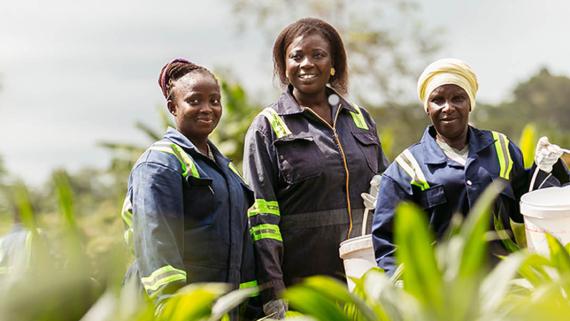This report provides quantitative insights into how large-scale mining (LSM), and specifically mines operated by World Gold Council (WGC) member companies, contributes to economic advancement and improves livelihoods at a global, national and local community level. The report aims to inform and deepen the on-going discussion of the overall benefits of gold mining on host communities and countries, and to consider how those benefits can most effectively be supported and sustained.
In 2020, the WGC member companies produced 34.5 million ounces of gold and were able to contribute close to US$38 billion to the GDP of countries they operate in. World Gold Council member companies have committed to demonstrable standards of responsible and sustainable business practice and their data provided a robust sample to allow us to quantify the industry’s socio-economic contribution. The data was analysed by our research partner Steward Redqueen who used an econometric input-output model to quantify indirect contributions.
Key findings of the report include:
- In 2020, WGC member companies directly paid US$8.7bn in employee wages and US$7.6bn in tax payments to governments in 38 host countries.
- Direct payments of US$26.2bn were made by member companies through in-country procurement, and the resulting indirect value-added was estimated at US$21.6bn to local suppliers.
- The total GDP contribution of WGC member companies in gold mining intensive countries is comparable to the value of Overseas Development Assistance they receive.
- Every local job at WGC member gold mining operations supports six more, or close to ten more if induced jobs are included.
- Local employees make up 95% of the WGC members’ in-country workforce, halving the average percentage of expats in the workforce (from 10% to 5%) over the past 7 years

